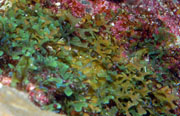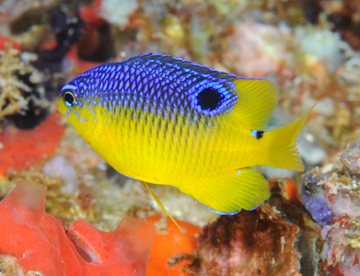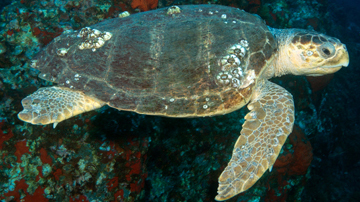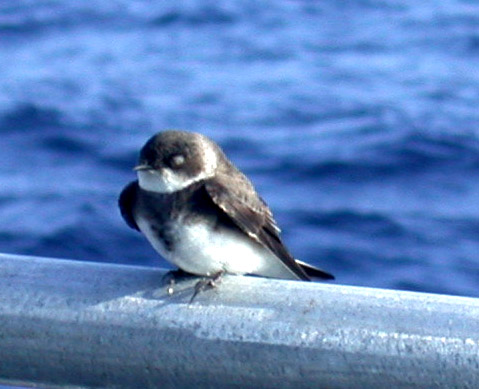SPECIES LIST

Coral Cap
The sanctuary animals we are asked about most often are those within recreational dive limits (0-130 ft, 0-40 m deep) or moving around on the water's surface, because they are the ones most often seen. We refer to these as coral cap species.
You may download a comprehensive list of the coral cap species, or use the links below to view different sections of the list from our website.
 |
Bacteria |
 |
Algae |
 |
Sponges |
 |
Cnidarians (anemones, corals, jellies) |
 |
Ctenophores (comb jellies) |
 |
Annelids (worms) |
 |
Crustaceans (crabs, lobsters, shrimp) |
 |
Bryozoans |
 |
Mollusks (clams, nudibranchs, oysters, snails, octopus, squid) |
 |
Echinoderms (sea stars, sea urchins, sea cucumbers) |
 |
Tunicates |
 |
Bony Fishes |
 |
Cartilaginous Fishes (rays, sharks) |
 |
Reptiles (sea turtles) |
 |
Birds |
 |
Mammals (whales) |
We have listed common names, when they are available. But since these may vary from one region or language to the next, we recommend using the scientific names for clarity.
Photos of the species are also provided, if available.
top of page
Below the Cap
Below the coral cap, less light penetrates ocean waters and the species distribution changes. Many additional species are found in these parts of the sanctuary, including gorgonians and black corals.
To see some of what we've found in the deeper parts of the sanctuary, please visit the Photo Gallery at www.mesophotic.org and select photos by FGBNMS/NURC-UNCW.
top of page